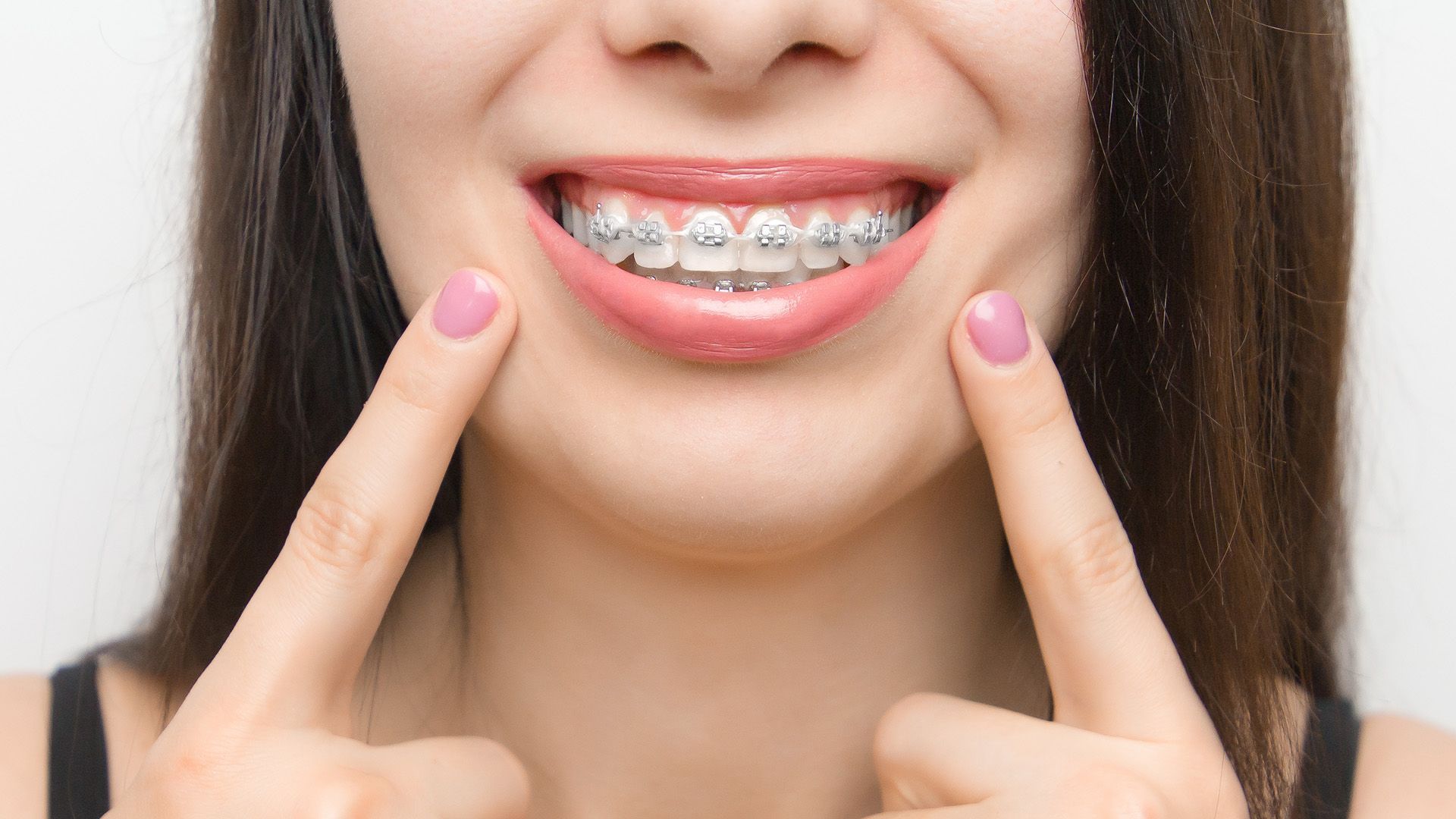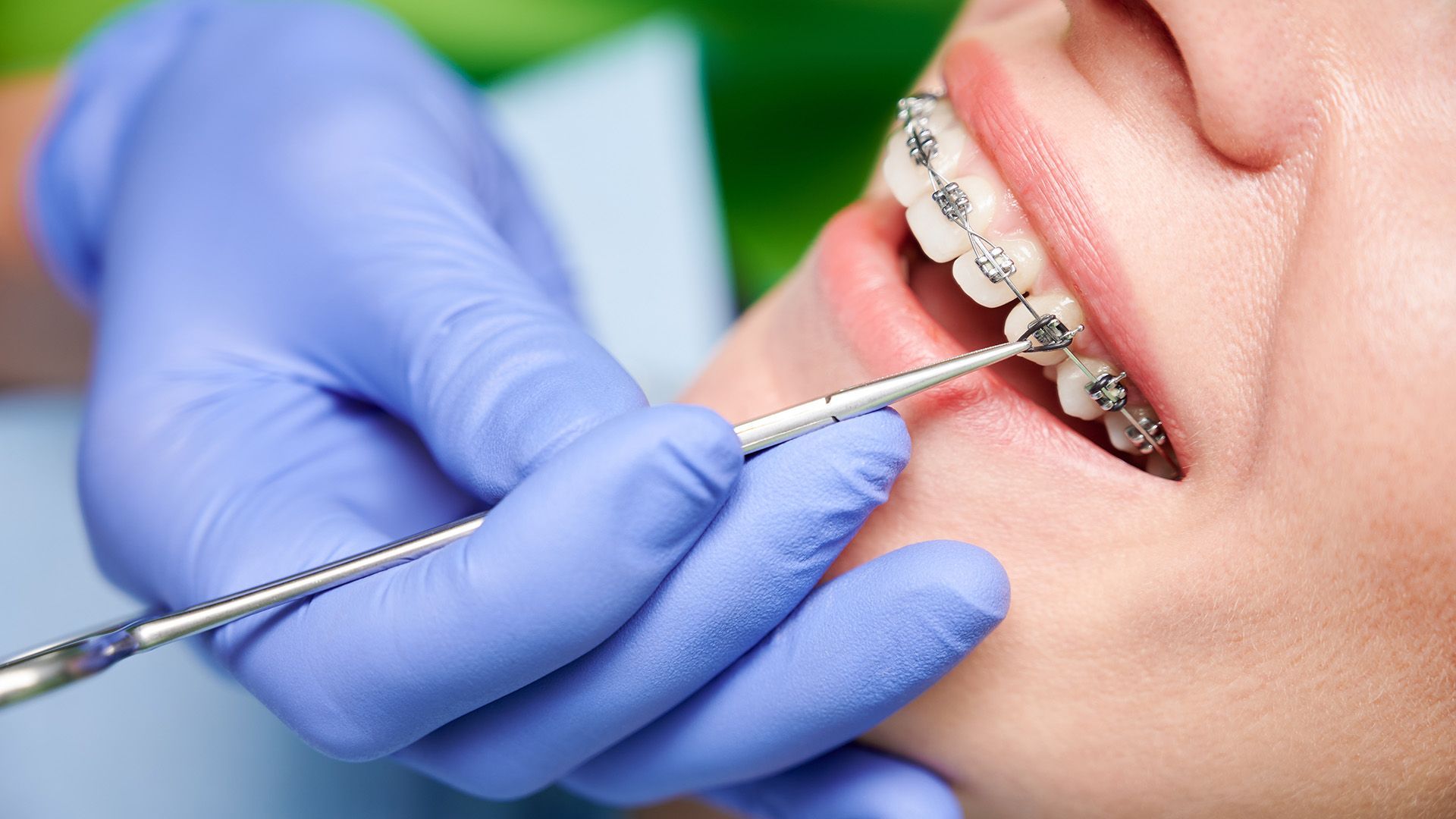Metal Braces for Teeth: A Complete Guide
Are you considering metal braces for teeth to achieve a straighter smile? You're not alone! Metal dental braces remain one of the most popular orthodontic solutions due to their strength and effectiveness in correcting misalignments and enhancing oral health. Understanding the different types of braces can help you make an informed decision. In this article, we'll explore the details of metal braces for teeth, their advantages, the treatment process, maintenance tips, and who can benefit the most from them, guiding you on your journey to a healthier, more beautiful smile!

Understanding Metal Braces
Metal braces for teeth are a widely-used orthodontic treatment designed to straighten teeth and improve dental alignment. They consist of metal brackets attached to each tooth, archwires that connect the brackets, and elastic bands that secure the archwires. These components work together to apply gentle pressure on the teeth, gradually moving them into desired positions.
The primary materials used in metal dental braces are stainless steel and nickel-titanium. Stainless steel is renowned for its durability and resistance to corrosion, making it ideal for brackets and archwires. Nickel-titanium offers flexibility and memory properties, enabling it to return to its original shape after bending. This combination of materials ensures that metal braces provide effective treatment while maintaining comfort for the patient.
One major advantage of metal dental braces is their strength and reliability compared to other different types of braces. While there are more discreet options available, metal braces are robust and can withstand the forces applied during treatment, making them a preferred choice for many patients.
Advantages of Metal Braces
Metal braces for teeth offer a reliable solution for addressing various dental issues, from misaligned teeth to severe bite problems. Their design allows orthodontists to apply precise pressure, gradually shifting teeth into their optimal positions. This effectiveness makes metal dental braces an ideal choice for patients of all ages seeking a straighter smile.
One of the standout benefits of metal braces is their durability and longevity. Made from high-quality stainless steel, these braces can endure the daily wear and tear of eating and brushing, making them less prone to breakage compared to other different types of braces. This durability translates into fewer interruptions in treatment, allowing patients to enjoy a smoother journey toward their ideal smile.
Another significant advantage of metal dental braces is their cost-effectiveness. Generally, they are among the more affordable orthodontic treatments available, and many insurance plans provide coverage for them. This accessibility makes them an attractive option for families and individuals seeking orthodontic care without significant financial strain.
The Metal Braces Treatment Journey
The journey to a confident smile with metal braces for teeth begins with an initial consultation. During this visit, skilled orthodontists will evaluate your dental structure and discuss your goals. Personalized care is paramount, and a tailored treatment plan will be created to meet your unique needs. The benefits of metal dental braces will be explained, ensuring you feel informed and comfortable with your choice.
Once your treatment plan is established, the installation process will be straightforward and efficient. On the day of installation, you can expect to spend about 1-2 hours in the office. The friendly staff will carefully place the brackets and wires, ensuring a precise fit that optimally aligns your teeth. You will be guided through each step, learning how to care for your metal braces and what to expect during the initial adjustment period.
The duration of treatment with metal braces typically ranges from 18 to 30 months, depending on the complexity of your case. Regular follow-up visits, usually scheduled every 4 to 6 weeks, allow for progress monitoring and necessary adjustments.
Maintaining Your Metal Braces
Maintaining excellent oral hygiene during your metal braces treatment is crucial for achieving a healthy, beautiful smile. Brush your teeth at least twice a day, and consider using an interdental brush to clean around the brackets and wires effectively. Flossing can be challenging with braces, but using a floss threader or orthodontic waxed floss can simplify this task.
While wearing metal dental braces, certain foods can pose a risk of damaging your brackets or wires. It's best to avoid hard foods like nuts, popcorn, and hard candies, as well as sticky items such as caramel or chewing gum. Instead, opt for softer foods that are easier to chew, like yogurt, mashed potatoes, and cooked vegetables. Your orthodontist can provide you with a comprehensive list of foods to enjoy and those to avoid during your treatment.
Discomfort is common after getting braces or following adjustments, but it can be managed effectively. Over-the-counter pain relievers can alleviate soreness, and using orthodontic wax on brackets can reduce irritation on the inside of your cheeks. If you're experiencing significant discomfort or have concerns about your braces, don’t hesitate to reach out to your orthodontic team for guidance and support.
Who Benefits from Metal Braces?
Metal braces for teeth are an excellent orthodontic solution for a wide range of individuals, making them popular across various age groups. Children as young as seven can start treatment with metal dental braces, as early intervention can help guide the growth of the jaw and teeth alignment. Teenagers and adults also benefit greatly from this durable and effective treatment option, as metal braces can correct complex dental issues that may have developed over time.
Common dental issues effectively treated with metal braces include overcrowded teeth, gaps between teeth, overbites, underbites, and crossbites. Regardless of the severity of the misalignment, metal dental braces offer a proven method for achieving a straighter smile, enhancing both aesthetics and functionality.
When considering metal braces, it’s essential to factor in different lifestyles. For active individuals, metal braces are a sturdy option that can withstand the rigors of daily life, including sports and physical activities. Additionally, those with busy schedules may appreciate that metal braces require fewer adjustments than some alternative treatments, making it easier to fit orthodontic appointments into their routine.













